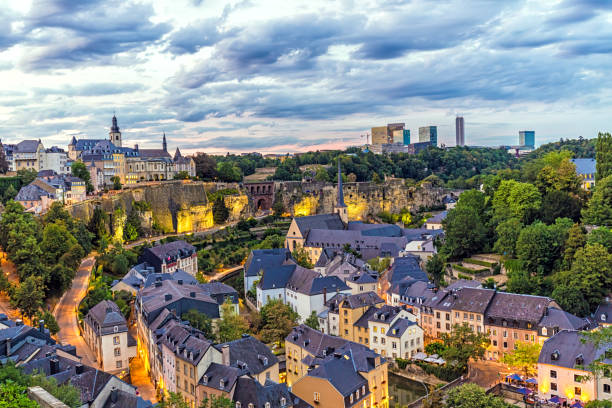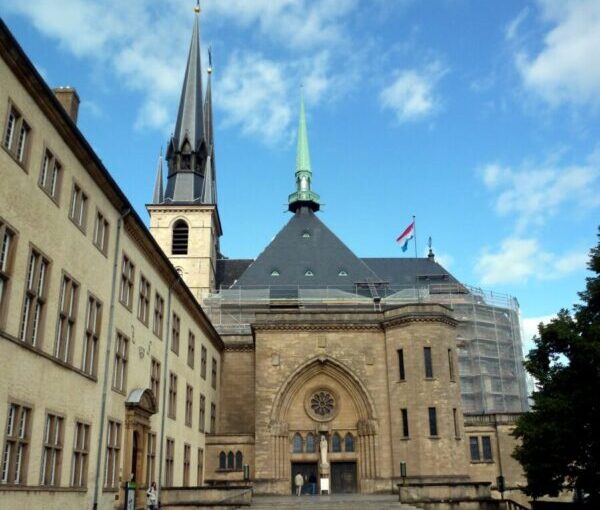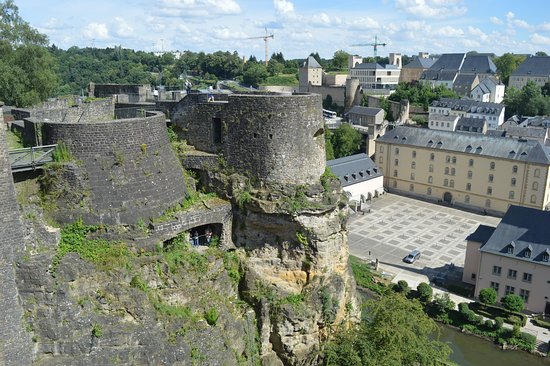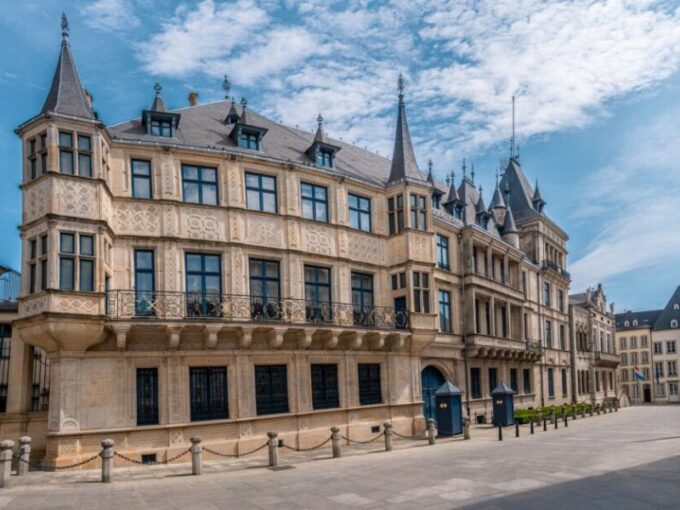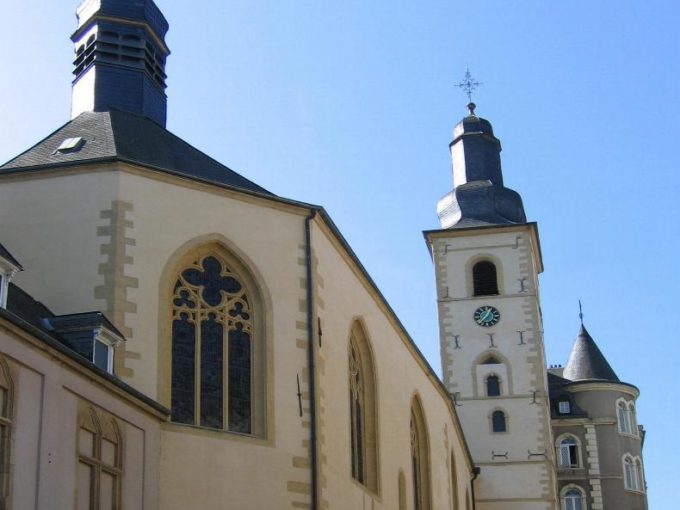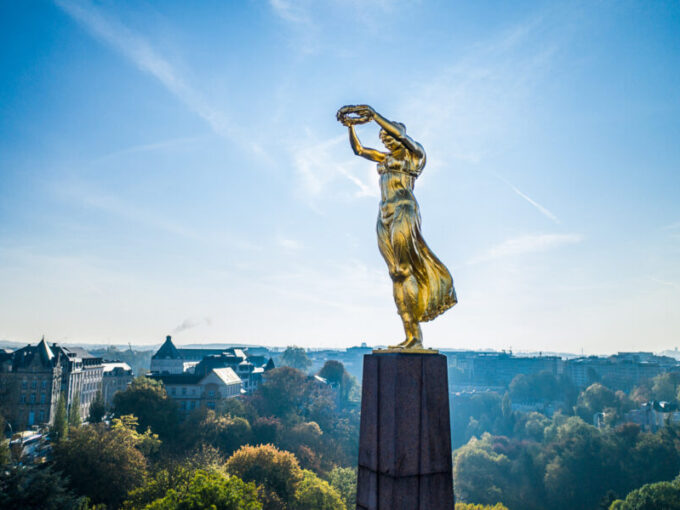- Capital: Luxembourg City
- Government: Unitary parliamentary constitutional monarchy
- Area: 2 586 km2
- Religion: Christianity
- Calling code: +352
- Languages: Luxembourgish, French, German
- Time difference: +1
- Population: 633,622 (March 2021)
- Currency: Euro (Eur)
 Luxembourg Airport (LUX) is the main airport in Luxembourg. Previously called Luxembourg Findel Airport due to its location at Findel, it is Luxembourg’s only international airport and is the only airport in the country with a paved runway. It is located 3.25 NM(6.02 km; 3.74 mi) east of Luxembourg City.
Luxembourg Airport (LUX) is the main airport in Luxembourg. Previously called Luxembourg Findel Airport due to its location at Findel, it is Luxembourg’s only international airport and is the only airport in the country with a paved runway. It is located 3.25 NM(6.02 km; 3.74 mi) east of Luxembourg City.
There are direct flights from Helsinki with Finnair, KLM to Luxembourg Airport.
 The Luxembourg public transit network is hands-down the absolute, very best deal in the country. For a mere EUR 1.50 – slightly more than the cost of a croissant – you can ride on a any bus or train within Luxembourg for two hours.
The Luxembourg public transit network is hands-down the absolute, very best deal in the country. For a mere EUR 1.50 – slightly more than the cost of a croissant – you can ride on a any bus or train within Luxembourg for two hours.


